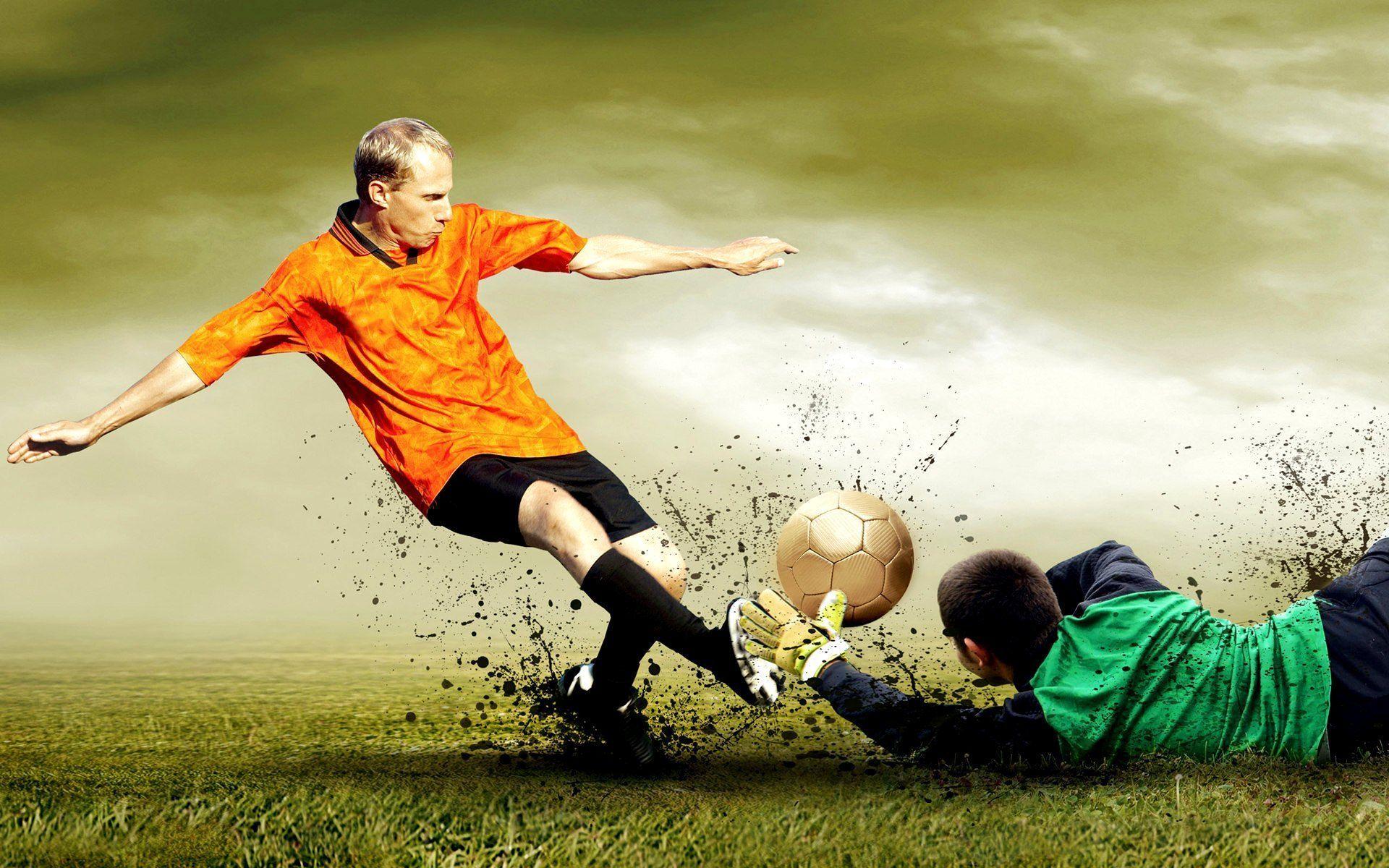From Tatami to Tapis: The Essential Guide to Sports Surfaces and Equipment
From Tatami to Tapis: The Essential Guide to Sports Surfaces and Equipment
Blog Article

In the world of sports, the surfaces we play on and the equipment we use can significantly impact both performance and safety. From traditional martial arts practiced on tatami mats to modern gym floors designed for diverse athletic activities, understanding the various types of sports surfaces and materials is essential for athletes, coaches, and facility managers alike. Choosing the right equipment and surface not only enhances the experience but also helps in preventing injuries and fostering better training environments.
This essential guide takes you on a journey through the diverse world of sports surfaces and equipment, highlighting the importance of quality materials, whether it’s tatami for martial arts or tapis de sport for gymnasiums. By exploring the features, benefits, and appropriate uses of different sports materials, you will gain valuable insights that can help optimize performance and enhance the overall sporting experience. Whether you are an athlete looking to improve your game or a facility owner aiming to provide the best environment for your users, this guide has something for everyone.
Sign Up
Understanding Tatami: Origins and Uses
Tatami mats have a rich history rooted in traditional Japanese culture, dating back to the Heian period. Originally, tatami served as a luxury flooring option for the elite, showcasing craftsmanship and fine materials. Made from rice straw and covered with woven rush grass, these mats provided warmth and comfort. Over time, tatami became a standard feature in Japanese homes, symbolizing cultural identity and aesthetics.
In the context of sports, tatami is recognized for its specific applications in martial arts such as judo, karate, and aikido. The unique texture of tatami mats allows for great grip, ensuring a safer practice environment for practitioners. Their thickness offers cushioning, which helps in minimizing the impact during falls, making them ideal for training and competitions.
Beyond martial arts, tatami has found its way into various sports and physical activities, particularly in venues that emphasize traditional practices. Modern adaptations of tatami mats are also available, catering to a broader range of sports, ensuring versatility while maintaining the essence of its historical significance. As more people engage in these disciplines, the relevance of tatami as a sports material continues to grow.
Exploring Tapis de Sport: Types and Benefits
Tapis de sport, or sports mats, are essential in various athletic disciplines, providing a safe and supportive surface for training and competition. These mats come in different types, each designed for specific activities. For instance, judo mats are thicker and denser to absorb impact during throws, while gymnastics mats are softer and often have a layered composition to cushion falls. Additionally, some tapis are specifically created for martial arts, wrestling, or yoga, catering to the unique needs of these practices.
The benefits of using tapis de sport extend beyond safety. A quality mat enhances performance by offering the appropriate level of grip and support, which can significantly impact the athlete's ability to execute techniques effectively. For example, a mat with a non-slip surface enables gymnasts to maintain better control during their routines, while a springy mat can help in reducing fatigue during high-energy activities. Furthermore, these mats are often designed to be portable and easy to clean, making them convenient for both home use and professional environments.
Another important aspect of tapis de sport is their role in fostering a dedicated training environment. Having the right mat can not only improve safety and performance but also enhance the overall experience of practicing a sport. Athletes are more likely to train effectively and confidently when they have suitable equipment beneath them. This aspect extends to many sports, promoting consistency and focus, which are key to achieving one's athletic goals.
Choosing the Right Sports Equipment
When it comes to selecting the right sports equipment, it is essential to consider the specific requirements of the sport you are engaging in. Each activity has unique demands, whether it is the softness and cushioning needed for martial arts on tatami or the durability required for high-impact team sports on tapis de sport. Take the time to understand the characteristics of different surfaces and how they interact with your chosen equipment.
Another critical aspect is to ensure that the sports material you select enhances performance while providing safety. Quality gear can significantly affect your ability to train effectively and reduce the risk of injury. This means looking for equipment that not only meets the standards of the sport but also fits well and responds to your movements, whether it's footwear that provides grip and support or pads that offer protection without restricting mobility.
Finally, do not overlook the importance of maintenance and care for your sports equipment. Regularly inspect and clean your gear, especially if it is used on various surfaces like tatami or tapis de sport. This will prolong its life and ensure optimal performance. Also, investing in quality materials can save money in the long run, as you may avoid frequent replacements or repairs due to wear and tear.
Report this page